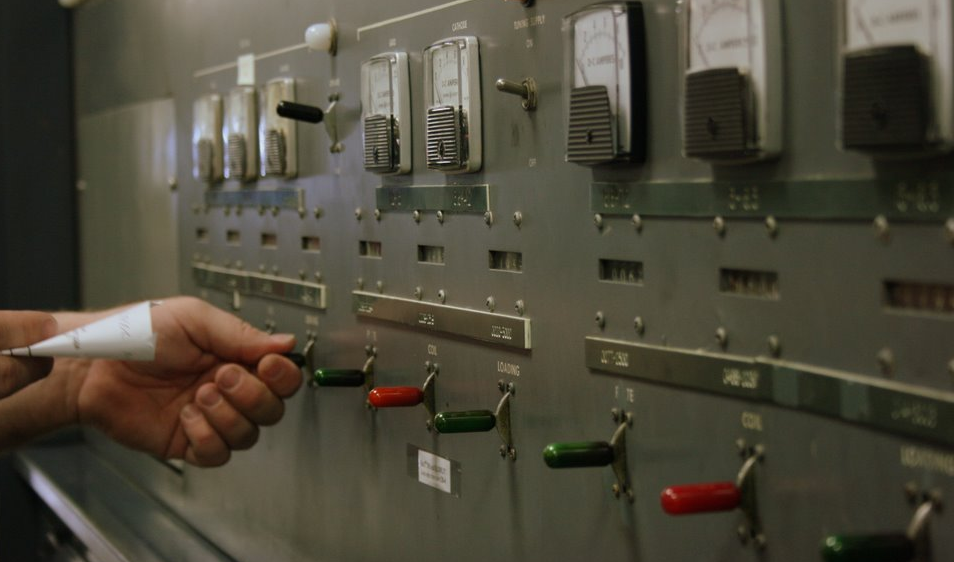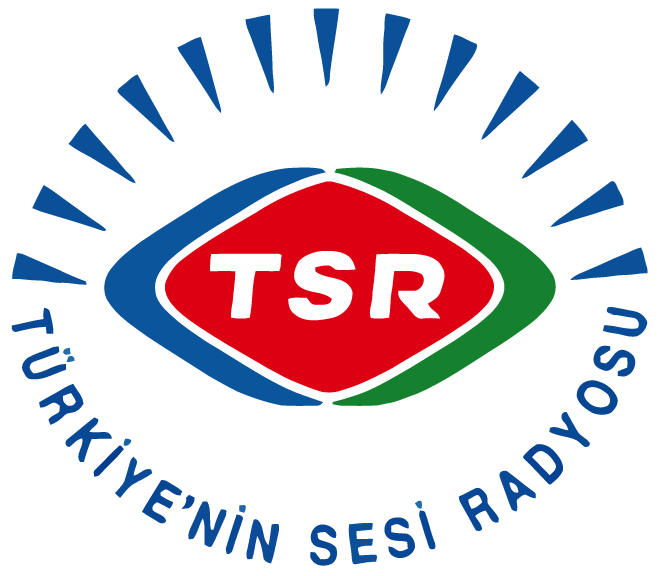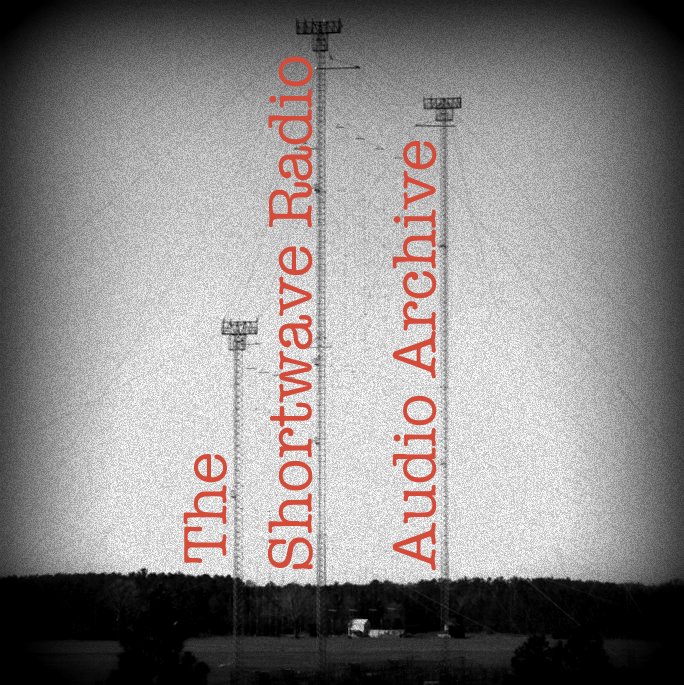Live, off-air, one-hour-long recording of Radio Öömrang on 21 February 2016 beginning at 16:00 UTC on a frequency of 15215 kHz from a transmitter at Issoudun, France, operating at 500 kW and beamed to North America. Radio Öömrang broadcasts once a year on the occasion of the Biakendai to the descendants of immigrants from the island of Amrum. Öömrang is a North Frisian dialect and is still spoken on Amrum. Biakendai is an annual celebration where a great bonfire is lit to dispel winter.
The broadcast consisted of talks and interviews in Frisian, German, and English. It began with an introduction in English:
"Hello. We are broadcasting. This is Radio Öömrang, the Frisian voice coming from Amrum, the island in north Germany. The frequenz is 15.215 shortwave broadcasted with 500 kW. It could be heard on the 21st of February, 2016, in North America and east coast. And now you can hear us. This is the tenth issue of Radio Öömrang and we are happy to send this anniversary. The initiator of this broadcasting is Mr. Arjan Koelzow, Tanenwai 24, in 25946 Nebel on the island Amrum. My name is Gernot Schrader, the leader of the free assistance school Toosbüy-Schule in Flensburg at the Danish borderline with Germany."
Reception was fair with some noise and occasional fading.
The broadcast was received on a Tecsun PL-880 receiver with its built-in telescopic whip antenna indoors in Hanwell (just outside Fredericton), New Brunswick, Canada, in AM mode with 5.0 kHz RF filtering.



















